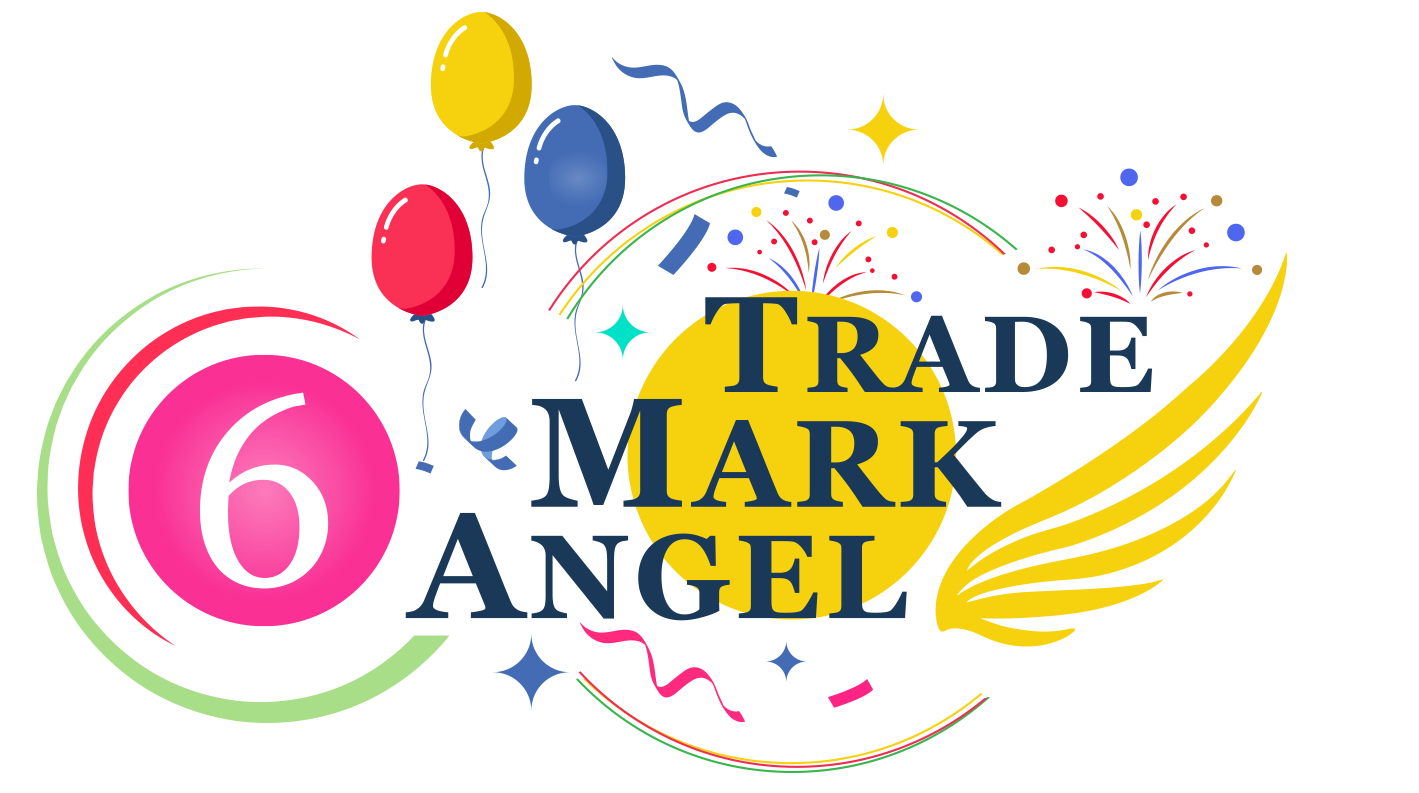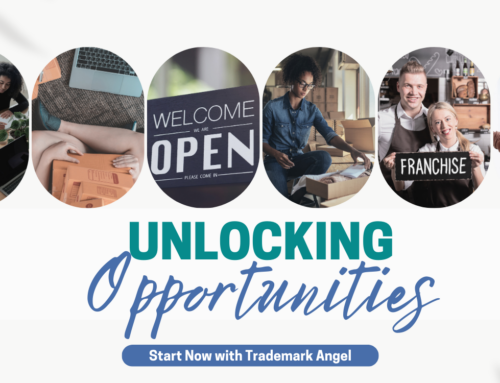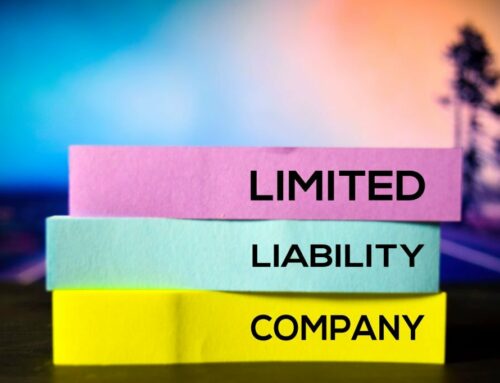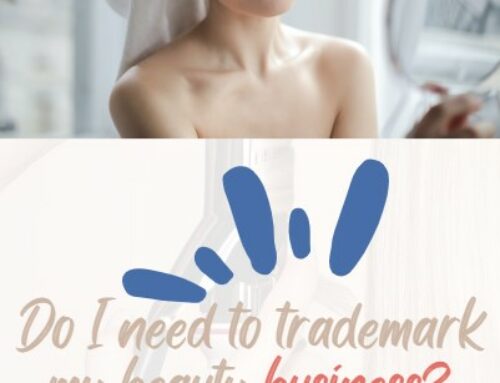Before we dive into how you can protect your trademarks and logos, let’s first answer the simple question: what are trademarks?
Often cropping up in marketing jargon, a ‘trademark’ is any word, emblem, animation, or symbol licensed to be used only by you. Trademarks are a part of a company’s intellectual property and play a vital role in shaping their identity. The brand identity of a company in this age of cutthroat competition sets them apart from their competition.
This means any phrases, font, or color that an average customer may associate with your brand is proof that you have been successful in imprinting your brand on the subconscious consumer mind.
Consider, for example, a simple tick mark. You may look at and think of a graded test paper, but you would directly associate the same tick mark on a wall or a print ad with the popular sportswear giant Nike. Similarly, the Starbucks symbol is universally popular that is recognizable by people everywhere. Such is the undeniable prowess of a trademark.
These trademark emblems also help buyers know that their consumer interactions take place with the correct organization. Logos such as Target, Apple, and Google are valued at the billion-dollar mark, and the wealth around these trademarks was amassed through dedicated effort to build a unique brand.
After you have licensed your logo and the paperwork is complete, if you find some other corporate (or small business) use your trademarked slogan or symbol, you have the right to take legal action against them. Doing things correctly the first time can help you save a fortune in legal fees and therapy sessions (lawsuits aren’t fun).
Being the exclusive owner of your own trademark can help you earn a profit the way some other unparalleled organizations make. You might have heard of Amazon, perhaps?
Here are some curious ways in which your registered trademark can earn money for you.
1. When You Sell the Business
This one is for the major mergers and acquisitions that businesses go through, changing the economic landscape for every stakeholder involved. When selling your business to another company, make sure to evaluate the equity your brand name or trademark image has garnered over the duration since its launch.
A ballpark estimate of the monetary value of your trademark can be calculated by the financial statements, public financial statements of competitors, and the royalties (if any) received by your company.
2. Licensing Your Trademark
When you license your trademark, you essentially allow other companies or businesses to use your logo for an advertisement or CSR campaign. These are typically done to use an event such as a sports event or a fundraising campaign to showcase your brand in a positive light.
An easy example of this would be the Emirates logo on the Manchester United jersey (remember Ronaldo in ’07?) and the recent marketing genius of the Burger King logo emblazoned on jerseys of the Stevenage football club.
It could also include magnified exhibitions of the logos, for example, fractions of the Pepsi logo printed on seats in a stadium combining to form a life-sized version of the typically coin-sized logo.
This is one of the many ways brands that now rule the world have advertised their products to the masses without investing in a video or print ad. Included in the Public Relations part of the broad marketing spectrum, these tactics embed the brand into a consumer’s conscious in an exceptionally tacit way.
3. Using the Trademark as Collateral
Because your trademark is a vital part of your company and a prime example of its intellectual capital, it makes sense that it be considered an asset.
Collaterals are assets owned by a person or an organization that can be surrendered as security when taking out a loan. Conventional ways in which collaterals are used are when a borrower offers their car up in exchange for an equivalent value loan.
When you are confident that your brand name or slogan is worth a great deal and can be propositioned as collateral, you can take out a loan in exchange for it. The terms and conditions may differ from those of a typical loan, but these depend on the equity your trademark has gathered and the magnitude of the loan being requested.
When you are ready to return the loan, you can easily take back your asset and use it as you did before taking the loan out.
Usually, trademark security agreements have to be recorded with the relevant Trademark Office so that the general public can see if a trademark is used as collateral.
4. Monetizing the Trademark by Crowdfunding
Crowdfunding is the coolest new way to get people to invest in your idea, product, or business without ever launching IPOs. Essentially, the prospective business owner puts a pitch online for anyone and everyone to see. This pitch also has the option for interested individuals to donate or invest money into the idea they see potential in.
How can we get this ingenious idea to work in our favor? Simply treat your logo like a sales pitch that you need to be monetized. Put up the logo or trademark that you want to earn money on one of the many crowd-funding sites online and wait for the magic to happen.
Make sure that all the legal bases are covered. This means that each part of the intellectual property- the brand name, tag line, and logo are trademarked and legally yours. This can ensure that it prevents somebody else from commercializing your effort and the ability for their own ulterior motives.
A lot can go wrong if you technically own a trademark but do not have the authorization to prevent somebody else from using it.
5. Co-branding With Another Company
Co-branding is a mutually beneficial arrangement in which a product or service launched has more than one brand as partners. Often denoted by “partner A x partner B,” these are some popular ways to plug your trademark logos to earn some green for you.
Recent examples of this include the Morphe Cosmetics launch on an eyeshadow palette with controversial Youtuber James Charles. The product was an instant hit amongst makeup fanatics, and the profits were reaped by both the parties involved.
Rome was not built in a day, but the bricks were laid every day. No billion (or even trillion) dollar company had that many zeroes in their bottom line when they first started. Most weren’t big hits even a decade after their existence in the market. However, you have to work sincerely every day till you feel satisfied with the results.







Leave A Comment